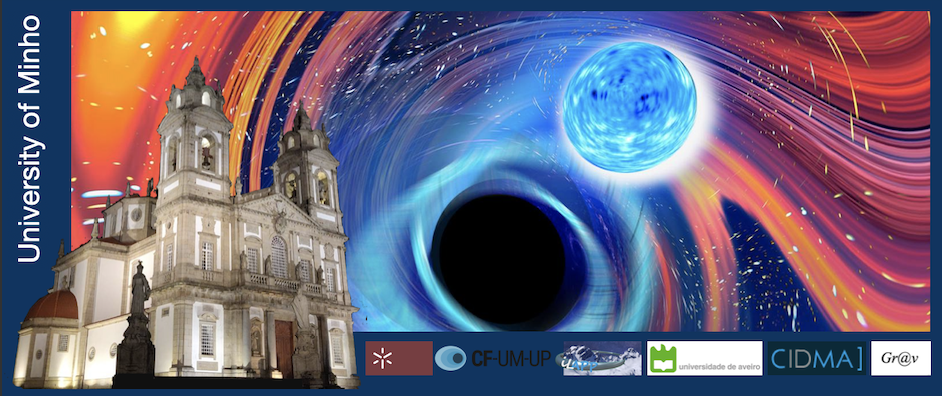Speaker
Description
Since the detection of GW170817, multi-messenger astronomy involving gravitational waves has become a reality. A challenge for low-latency searches, like PyCBC Live, is to rapidly identify and disseminate candidate alerts, in order to allow immediate followup searches by electromagnetic (EM) and neutrino observatories.
To help observatories to choose which events to prioritize, LIGO-Virgo alerts for Compact Binary Coalescence (CBC) sources include estimates of probabilities for the source to contain neutron star or black hole components. During the later part of the third observing run (O3), a method to rapidly classify sources between different CBC categories was developed for PyCBC Live. This fast classification uses the chirp mass recovered by the search as input, given the difficulty of measuring the mass ratio with high accuracy for lower-mass binaries. The accuracy of the estimated source chirp mass is improved by correcting for the bias due to cosmological redshift, using an estimate of the source distance derived from the search. We present results for simulated signals, and for confirmed candidate events identified in low latency over O3.
Our chirp-mass based method is available for use in the fourth observing run (O4), for which the production of an accurate but rapid parameter estimation (PE) analysis still remains a significant challenge. Our next step towards this for PyCBC Live is to use the optimized Signal-to-Noise-Ratio (SNR) point estimate given by the pipeline, in addition to an approximation to the likelihood dependence on masses and spins, to produce rapid PE samples and credible regions that could eventually be used to contribute to EM followup searches.
| Which topic best fits your talk? | Modelling and Machine Learning Algorithms |
|---|
